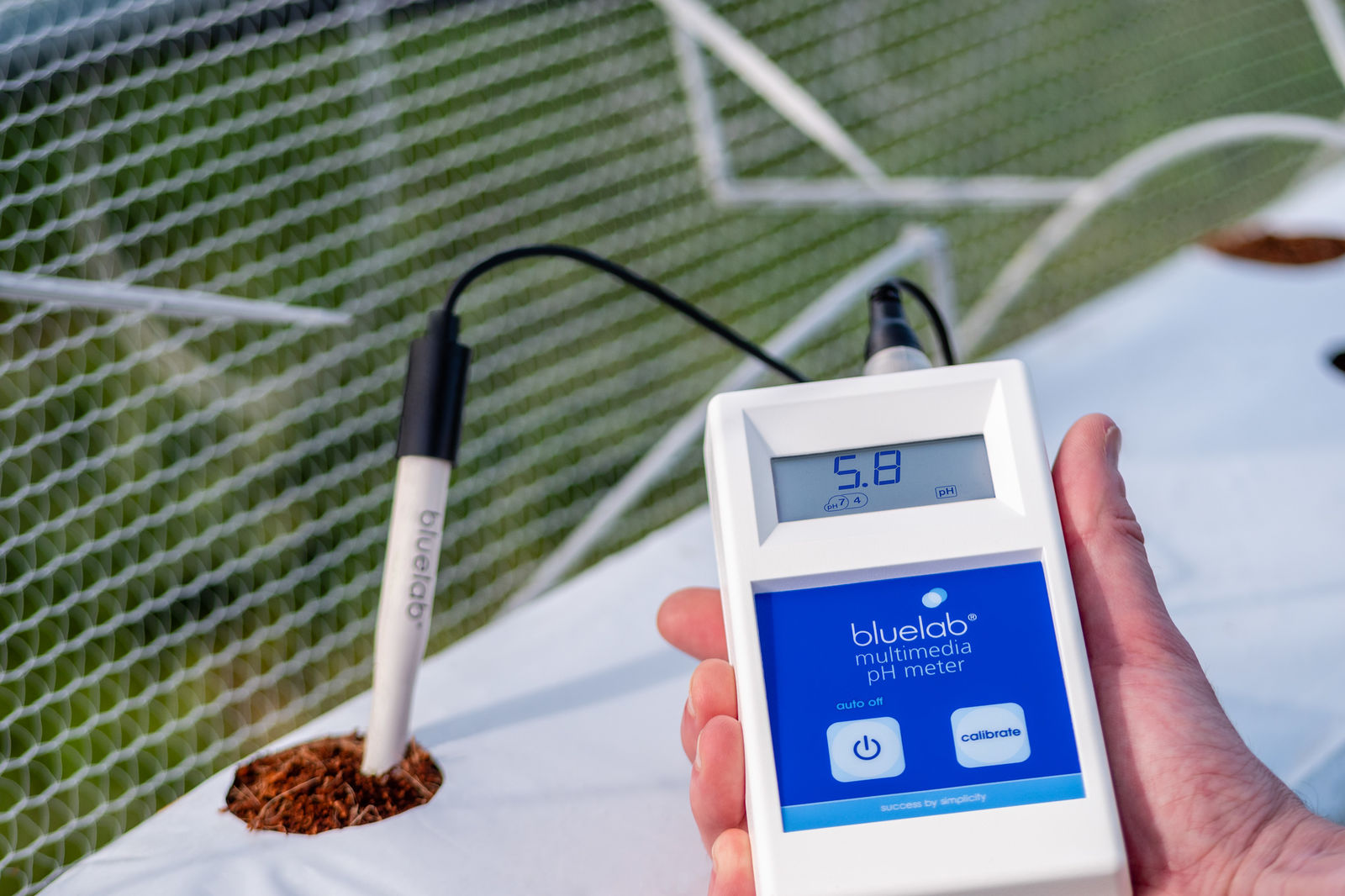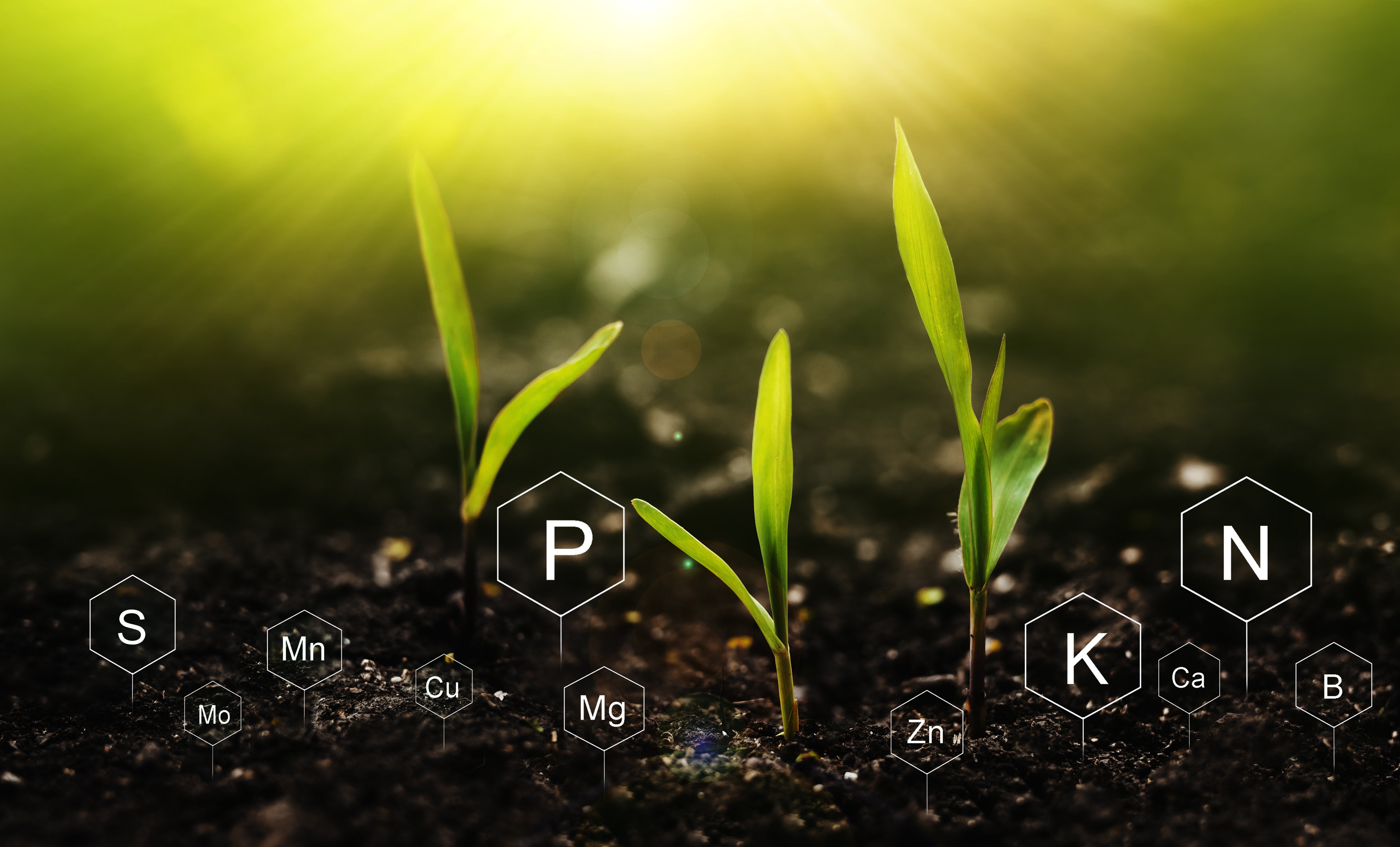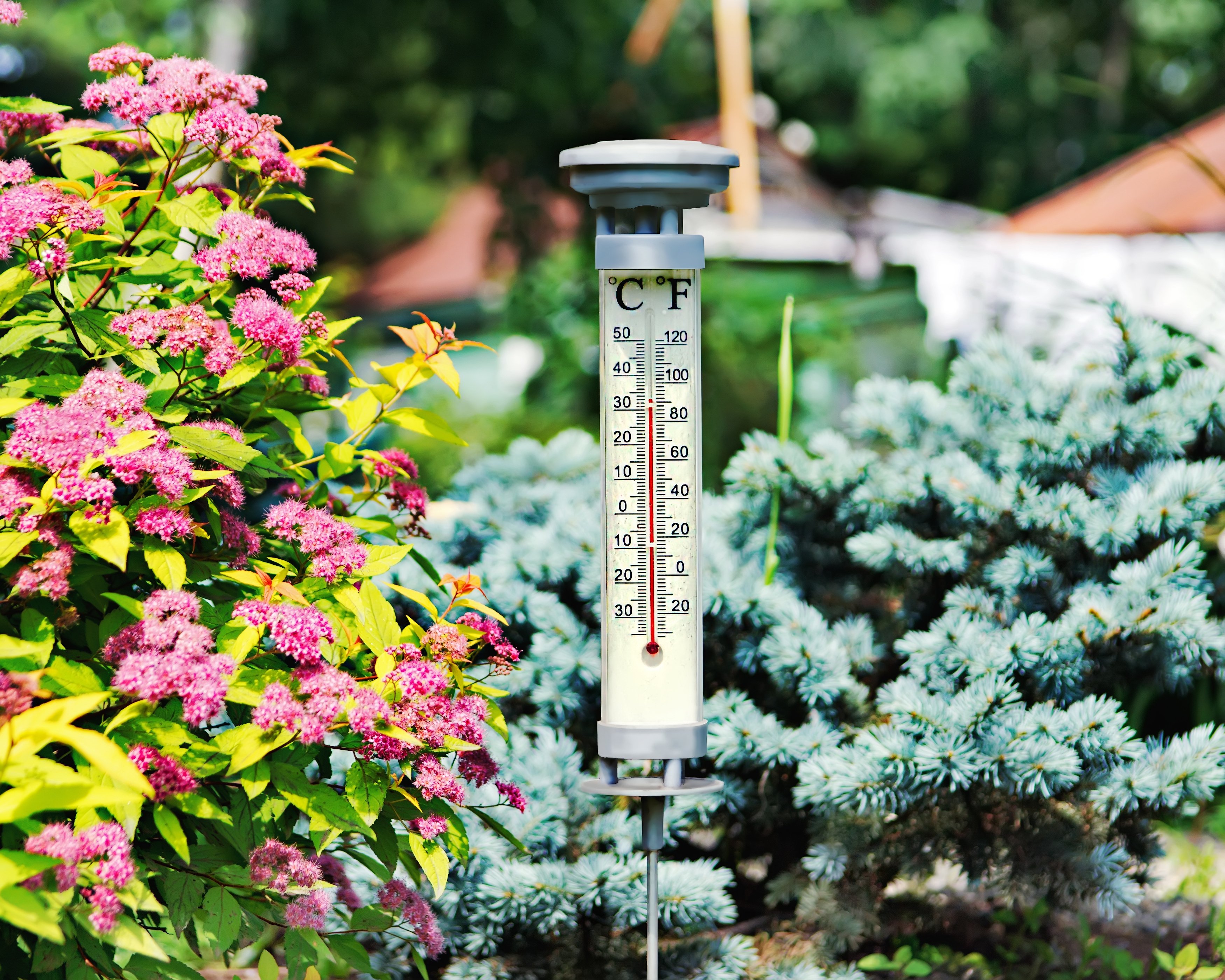
Kasha Dubaniewicz
Kasha is passionate about high-impact storytelling and believes in making positive changes that will lead to a better and happier world for all.
When it comes to maintaining good plant health, there are numerous factors that come into play. These factors could relate to your plants' surrounding environment, such as air temperature and humidity, your plants' root zone, such as the growing medium conditions and water quality, or the plants themselves, such as pests and diseases.
It may feel overwhelming to consider that all these factors play a role in your plants' health, but, thankfully, there are a few simple checks that you can carry out every day that will help ensure that your plants are always on the right track. In this blog post, we'll be going over each of these checks in more detail, as well as the things you may need to look out for.
Carry out a visual plant check

This is the easiest check to carry out, as you simply need to visit your grow site and take a look at your plants to spot any signs of ill health. You don't need any specialist equipment to do this check, but make sure that your growing area is well lit when you carry out your investigation. If you want to be able to compare your plants' visual appearance over time, it may be worth taking photos at regular intervals.
You should be looking out for symptoms such as yellowing leaves, brown spots on leaves, stunted growth or yield differences. There could be many causes for these visual changes, but they are an indication that something is affecting your plants' overall health.
One potential cause could be a nutrient deficiency or toxicity. If you're worried that this may be the case, check out our comprehensive guide to common nutrient deficiencies - and how to fix them. Remember: your plant could be suffering from multiple nutrient deficiencies or toxicities at the same time.
Leaf changes and discolouration could also be caused by insects, other pests and diseases, such as worms, spider mites, mosaic virus or grey mould. A visual check of your plants will help you spot other signs of these potential pests and diseases, such as eggs or bite marks, so that you can diagnose and treat the problem accordingly.
Regardless of the cause of any visual changes, a daily visual check of your plants is the first place to start so that you can spot and troubleshoot any potential issues before they take hold throughout your entire crop.
You should also do a visual check of your soil or hydroponic solution. For soil, over- and under-watering can have disastrous effects, as leaf discolouration can be caused by soil that is too wet, too compact or drains poorly. Likewise, in a hydroponic setup, you should ensure that your plants are getting access to their nutrient solution at optimal intervals.
Check your pH

pH, which stands for potential Hydrogen, is considered to be one of the fundamental parameters of plant health, which makes it one of the most important checks you can do on a daily basis.
Put simply, pH is a scale used to determine the acidity or basicity of a solution or substance; in the context of growing, you'll be measuring your soil or hydroponic solution, depending on which growing method you're using.
The pH of your soil or hydroponic solution plays a critical role in nutrient uptake. In order to become available to your plants, nutrients need to be soluble (dissolved in water). Not only that, but each nutrient will have a preferred pH in range in which they will become available to your plants for uptake. Outside of this pH range, these nutrients can't be accessed by your plants, leading to a situation called nutrient lockout.
To avoid nutrient lockout, most growers try to aim for the following pH ranges, which ensure that their plants have access to all the nutrients they need: a 5.8-6.5 pH range for hydroponics and a 6.5-7 pH range in the root zone for those growing in soil. That said, certain plant species may have their own preferences, where some will thrive in a more acidic or a more alkaline environment. It's worth researching the ideal pH range for your crop type as well as your chosen growing method.
There are a number of visual clues that you can look out for to determine whether your plants might be suffering from incorrect pH. If your plants are exposed to an incorrect pH range, this may lead to a deficiency (too little) or toxicity (too much) of particular nutrients over times.
Symptoms include yellow spots or yellowing leaves, leaf death, stunted growth and tip burn.
You can measure pH with a pH pen or pH meter. For a full guide to pH and how to adjust this parameter in soil or hydroponics, check out our blog article called pH, EC and temperature - Measuring and adjusting your fundamental parameters.
Measure your EC

Like pH, EC (Electrical Conductivity) is another daily measurement that will help you ensure that your plants always remain in good health. While pH ensures that your plants get access to all the nutrients they need, EC gives you an indication of the total amount of nutrients available to your plants. This is why EC is considered to be another fundamental parameter of plant health.
When nutrients dissolve in water, these split into ions and each of these carry an electrical charge, which creates the potential for electricity to move through that solution. The more ions a solution contains, the better it can conduct electricity - and the higher your EC reading will be!While there is one universal scale for pH, the same can't be said for EC. Instead, there are four different common scales for conductivity, which is why it's so important to make sure that you know which scale your conductivity meter uses, as well as your nutrient manufacturer. Find out more about conductivity scales.
No matter which scale you use, it's important to note that EC will only ever give you an idea of the total amount of nutrients available; it can't indicate the composition of nutrients within a solution.
As with pH, different plant species will have a preferred EC range in which they thrive. Plants may also require different nutrient strengths depending on where they are in their growing cycle. Always do your research to make sure that your plants are getting the right amount of nutrients.
If your EC is too high, you could start seeing symptoms of nutrient toxicities, such as bent or burnt-looking leaf tips and edges as well as slow growth. For EC that is too low, you could see visual clues of nutrient deficiencies, including leaf discolouration, misshapen leaves and necrosis.
You can measure EC using an EC pen or EC meter. Always remember to choose the right tool for your growing method.
Test your temperature

We've spoken about the importance of EC and pH, but what about temperature? Unfortunately, this parameter is often overlooked, yet it's an essential parameter to track if you want your plants to achieve optimal plant health.
In the context of growing, temperature could refer to the temperature of the air around your plants, or it could refer to the temperature of your nutrient solution or irrigation water. For this particular daily check, we're focusing on root zone temperature, which can affect nutrient uptake and, therefore, your overall plant health.
Root zone temperature determines the rate at which your plants are able to absorb nutrients. If you let the temperature remain unmonitored and uncontrolled, this could lead to disastrous effects.
That's why it's important to keep your nutrient solution or irrigation water temperature at around 18 – 22 °C (65 - 72 °F) to ensure optimal nutrient and water uptake.
In addition, root zone temperature also has an effect on oxygen availability and solubility. If the root zone is too warm, your plants' roots might be starved of oxygen as warm water cannot hold as much dissolved oxygen; too cold, and this could shock your roots, slowing down metabolic processes and, eventually, leading to stunted growth.
Fortunately, measuring your root zone temperature couldn't be easier. Most pH and EC pens or meters come with an in-built temperature probe, which means that you'll get to see this parameter every time you take one of these other readings.
Early detection prevents long-term damage
It should go without saying but these four daily health checks are by no means an exhaustive list. The truth is, the more complex your grow site is, the more checks you'll need to do. This is especially true of controlled environment agriculture (CEA) setups, where you may also need to check things like humidity, irrigation and environmental temperature, among other things. Some crops require more hands-on treatment as well, so this is worth keeping in mind when you're planning which crops to grow.
Nonetheless, the four checks mentioned above should be carried out by every grower, regardless of the scale of their growing operation. And, when it comes to plant health issues, it's always easier to fix a potential problem the earlier you catch it. This prevents the risk of long-term damage to your plants, which could affect both crop yield and quality. By carrying out these checks every day, you'll be able to spot and fix any major issues as and when they happen.
For more information about your fundamental parameters, check out pH, EC and temperature - Measuring and adjusting the fundamental parameters.




Submit a comment